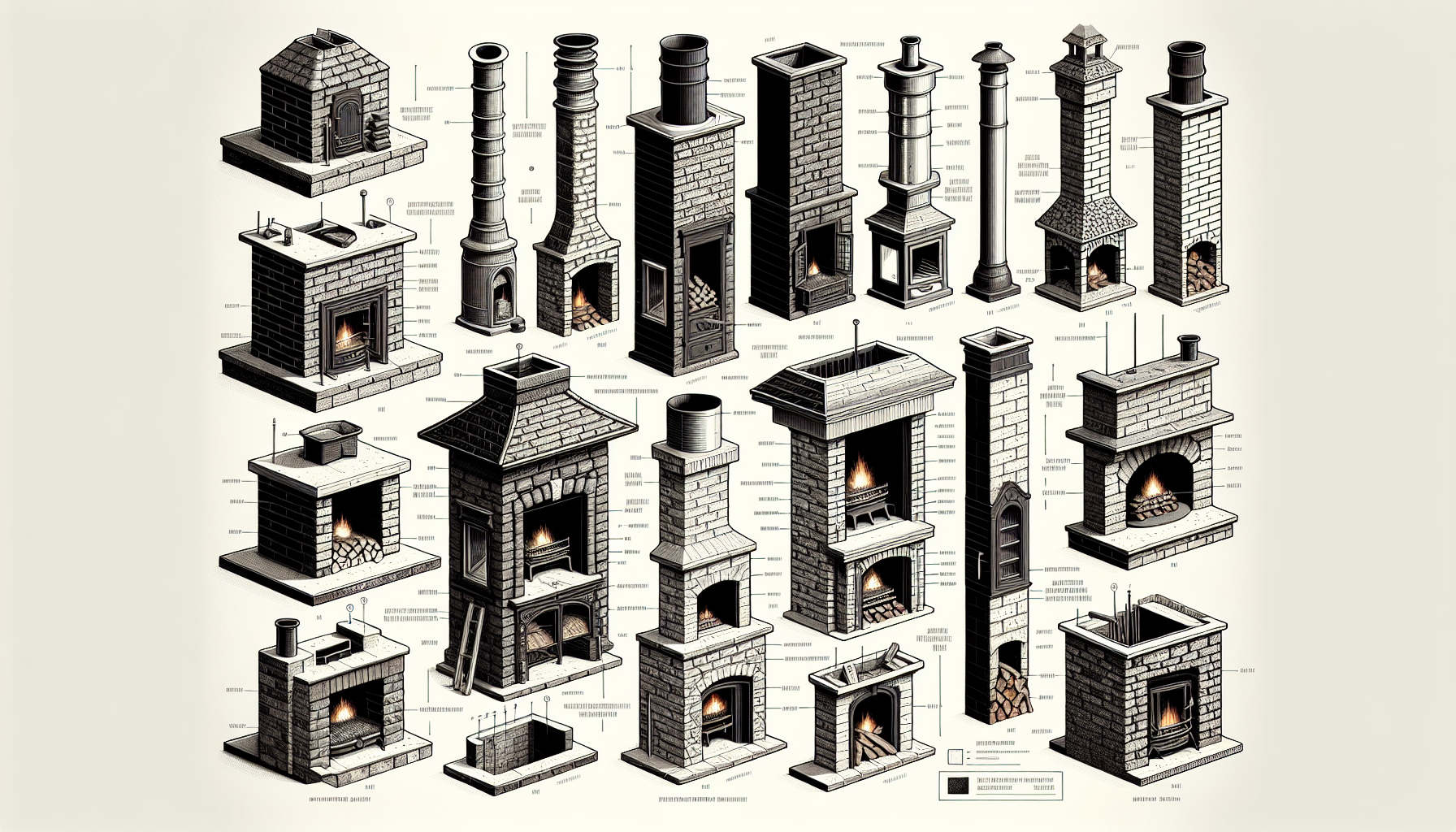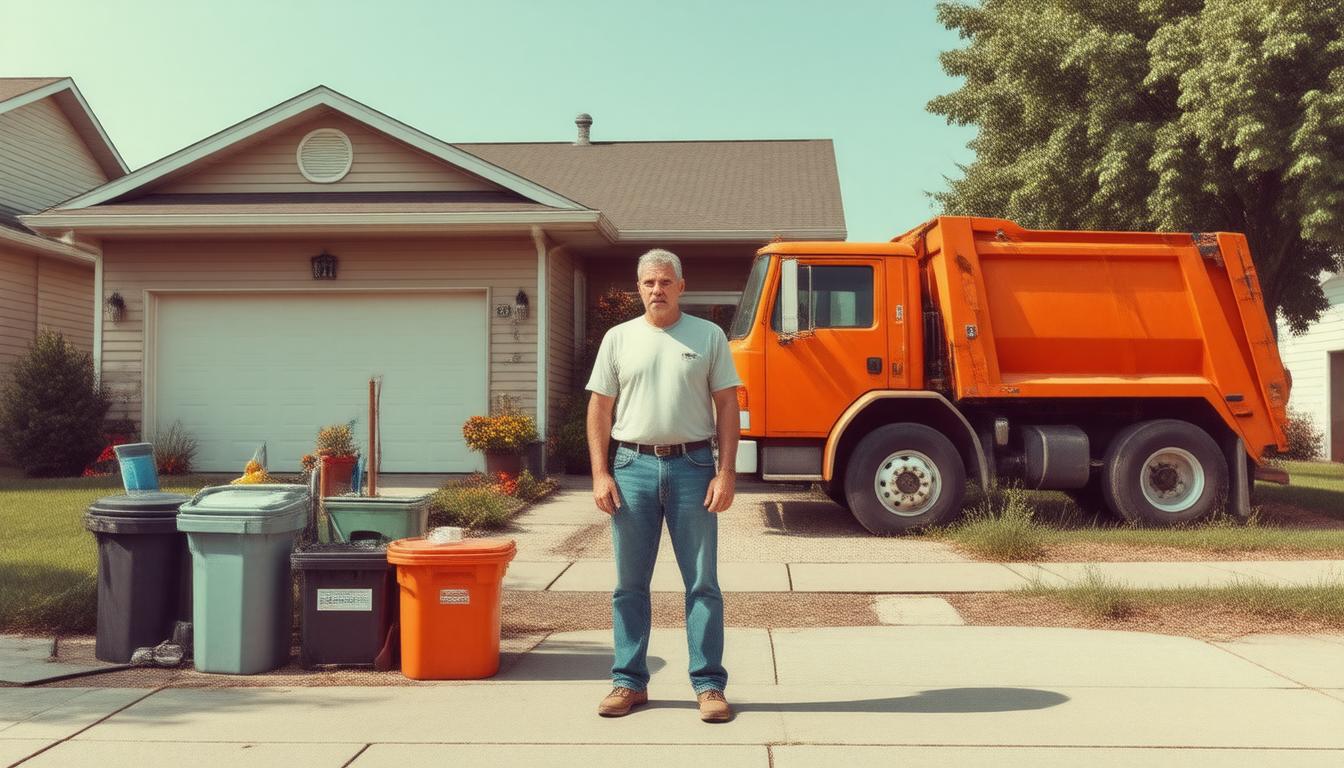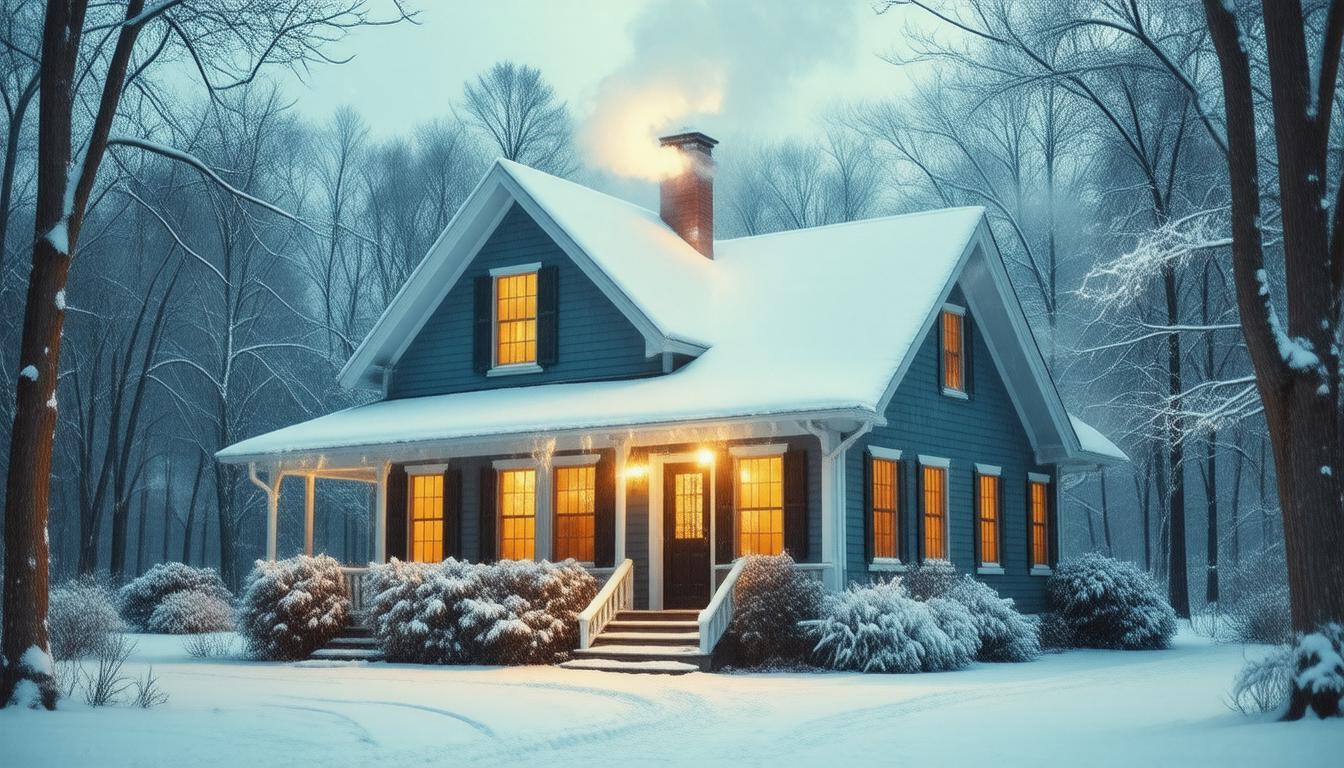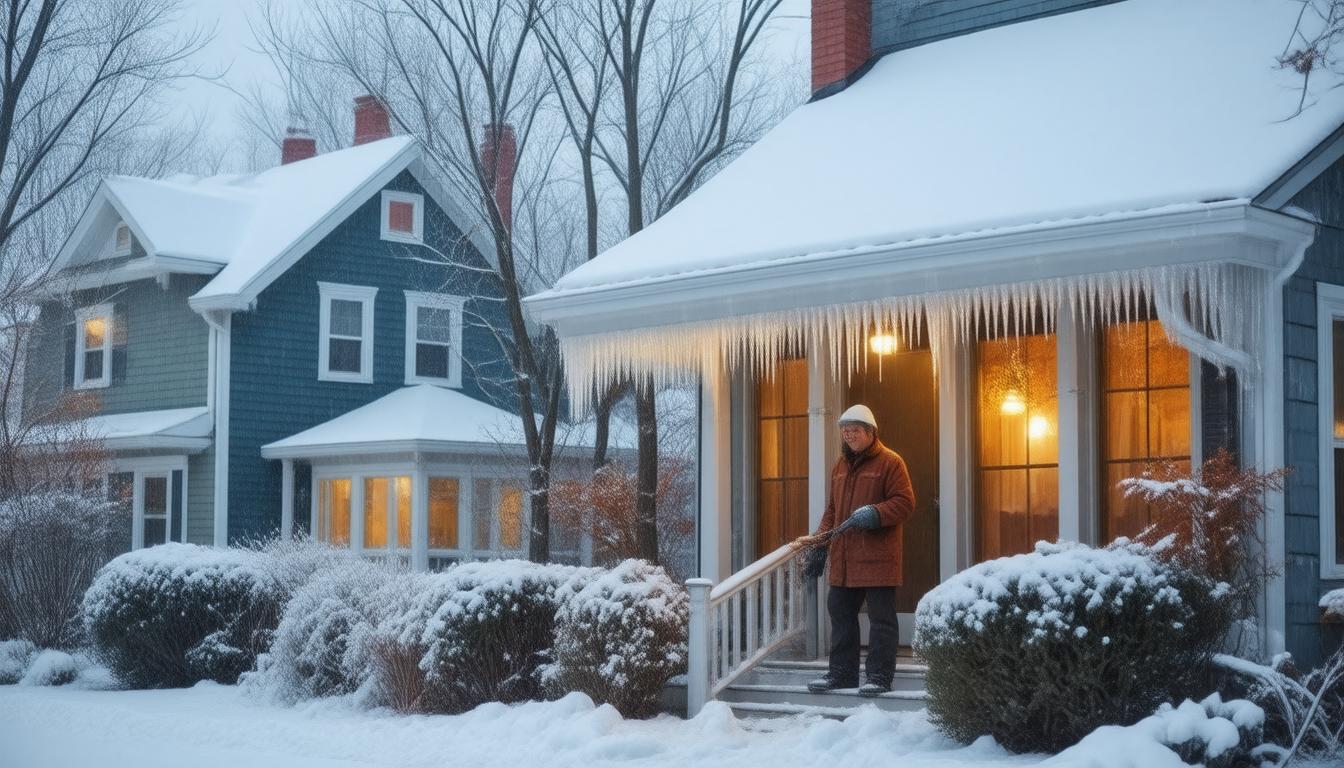
Chimneys and fireplaces play a critical role in many homes across the world, serving not only as a source of warmth but also as an architectural statement. But beyond their aesthetic and comfort contributions, these structures are crucial for effective ventilation and maintaining a safe living environment.
The Mechanics of Fireplace VentilationA fireplace works on a simple principle: hot air rises. When you light a fire in a fireplace, the heat generated by the burning wood or other fuels causes the air above the fire to become warmer and less dense. As this warm air rises up through the chimney, it creates a draft that pulls in cooler air from the room into the fireplace to fuel the combustion process. This constant movement of air ensures that smoke and dangerous combustion by-products, such as carbon monoxide, are drawn up and out of the house, rather than lingering in the living space.
Critical Components of Chimney DesignThe efficiency and safety of a chimney are contingent upon its design and maintenance. Essential components include:
[LIST]
[*]Flue: The flue is the inner channel within the chimney through which smoke and gases travel up and out of the building. It must be made from fire-resistant materials to withstand high temperatures.
[*]Liner: Modern chimneys are often lined with a metal or ceramic liner that provides a non-combustible surface, protecting the chimney walls from corrosion and heat, and contributing to a better draft.
[*]Cap: A chimney cap sits at the top of the flue, preventing rain, animals, and debris from entering while allowing smoke to escape.
[*]Damper: This adjustable metal plate is located in the fireplace throat or at the top of the flue, allowing control over the flow of air and smoke through the chimney.
[*]Crown: The crown is a slanted surface at the top of the chimney that directs water away from the flue, preventing water damage.
[/LIST]
Regular inspections and maintenance are critical for all these components to ensure they function properly and safely.
The Structural Significance of ChimneysChimneys are not merely functional; they are also integral to a building’s structure. A well-built chimney provides stability and architectural interest. In historical architecture, the chimney was often a central feature, sometimes even used as a beacon or landmark.
In modern homes, although they might not be as structurally vital, chimneys continue to provide character and are often designed to complement the style of the house. However, building codes and standards ensure that modern chimneys are built with a focus on safety and efficiency.
Maintaining Your Fireplace and ChimneyTo get the most out of your fireplace and chimney, regular maintenance is a must. This includes:
[LIST]
[*]Annual inspections and cleanings by a certified chimney sweep to remove soot, creosote, and blockages.
[*]Checking for signs of damage or wear such as cracks, loose bricks, or deteriorating mortar and addressing them promptly.
[*]Testing the damper to ensure it opens and closes properly, creating an effective seal when the fireplace is not in use.
[*]Ensuring the cap and crown are in good repair to keep out unwanted guests and water.
[/LIST]
Fireplaces and chimneys are much more than centerpieces for family gatherings or a means of warmth; they are sophisticated systems designed for safe and efficient ventilation of hazardous gases. Properly designing, installing, and maintaining these elements is essential for the comfort, safety, and air quality of your home. Embracing these responsibilities not only contributes to a more effective and enjoyable fireplace but also ensures the longevity and integrity of your home’s structure.







